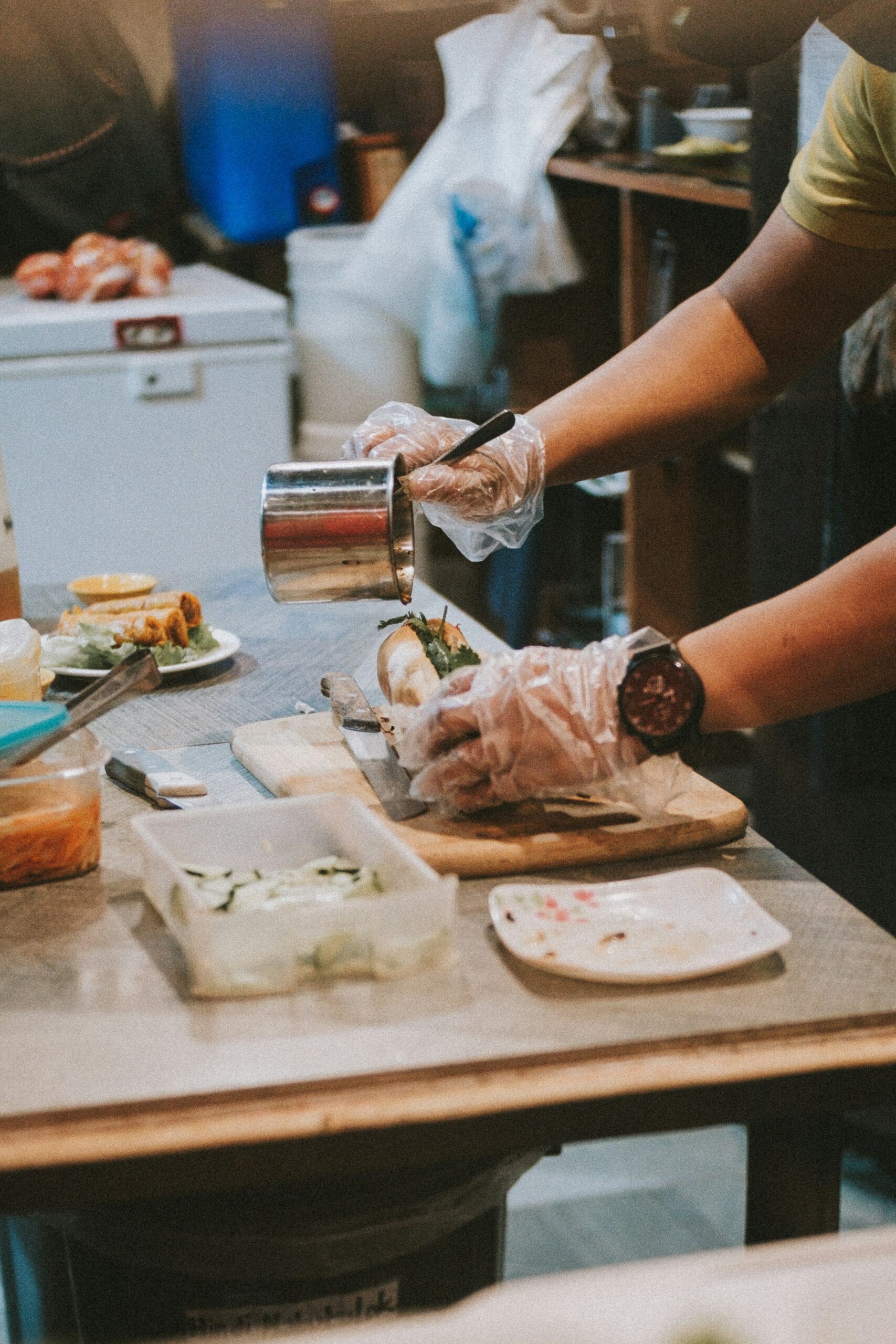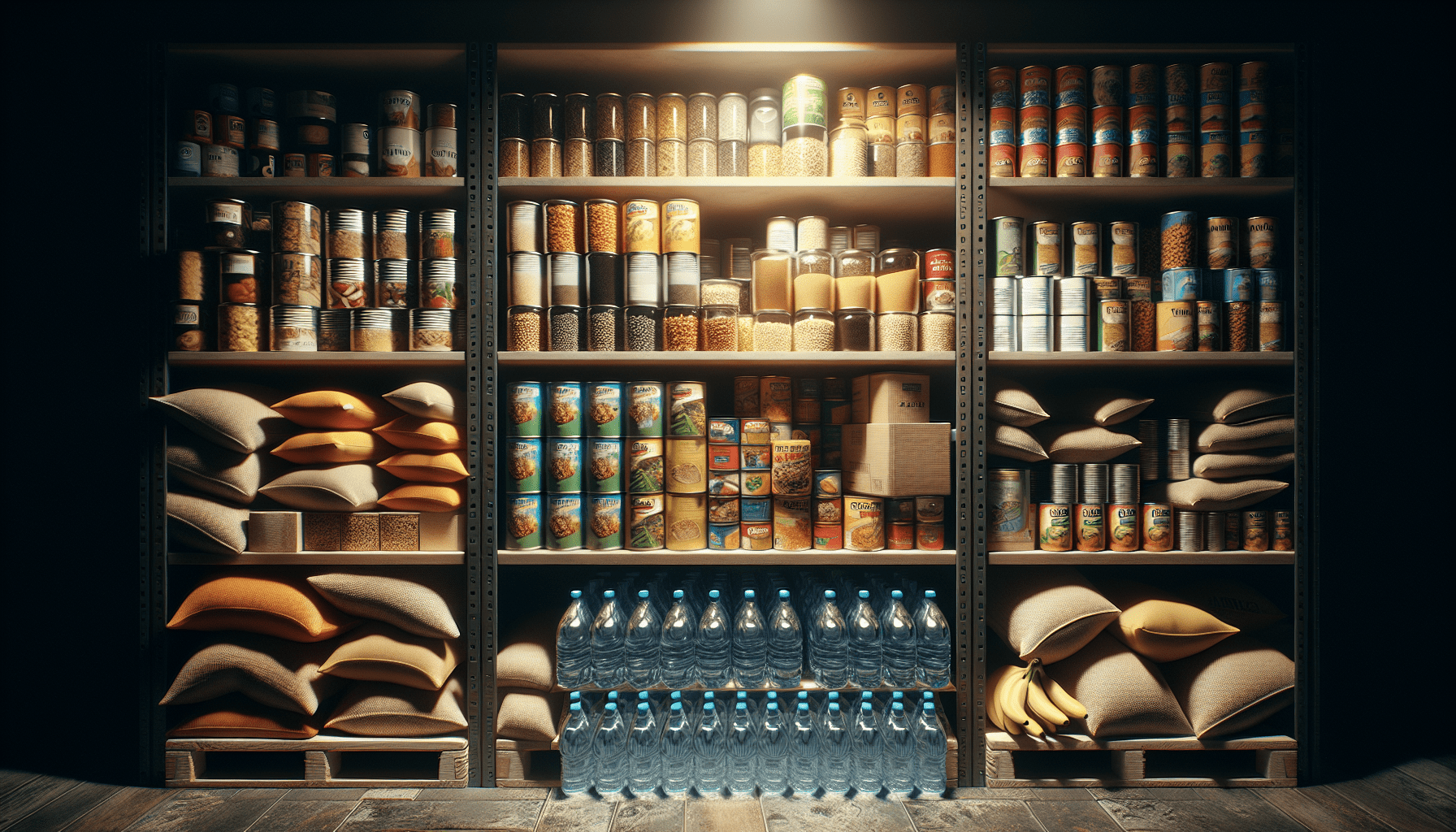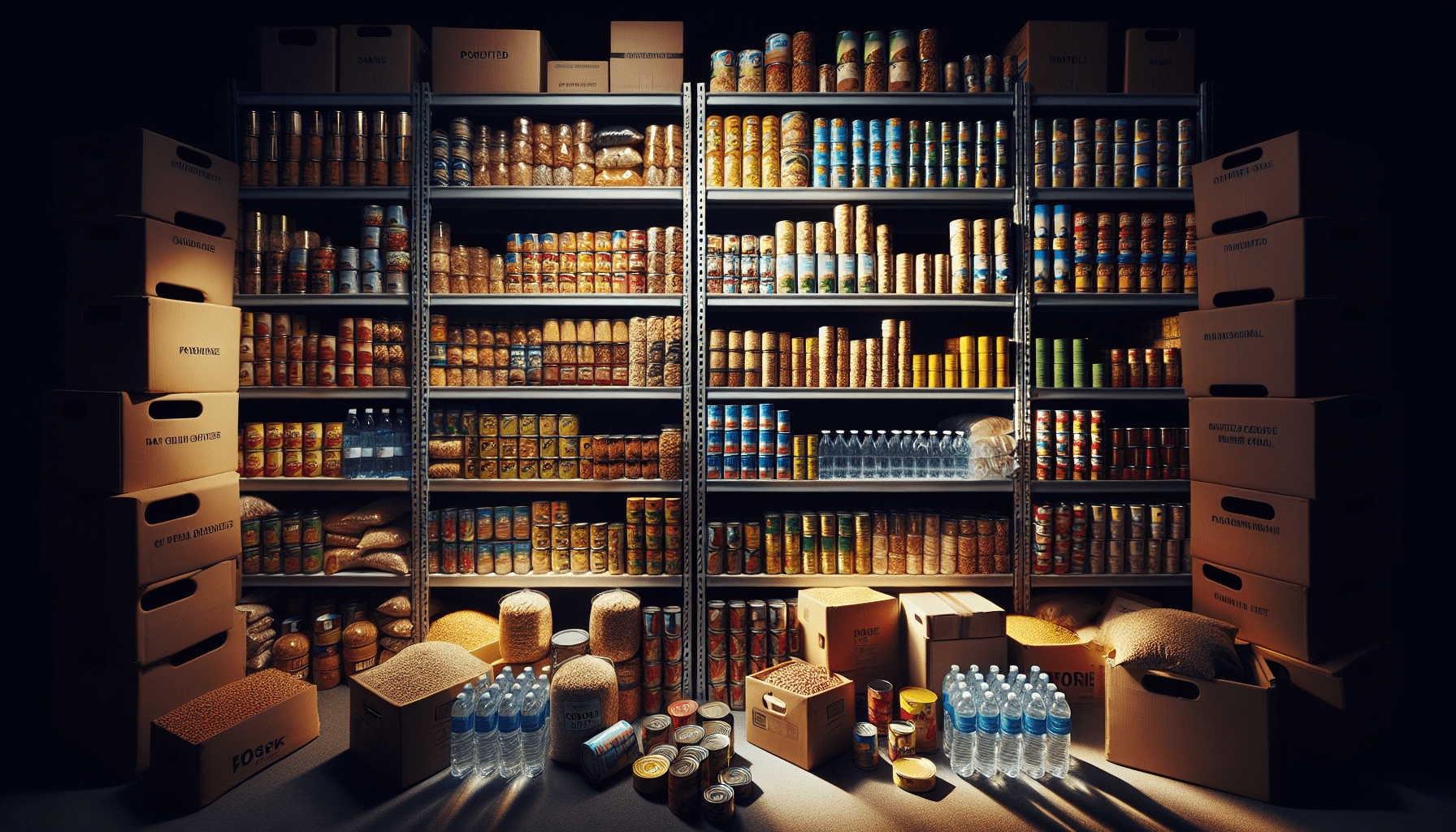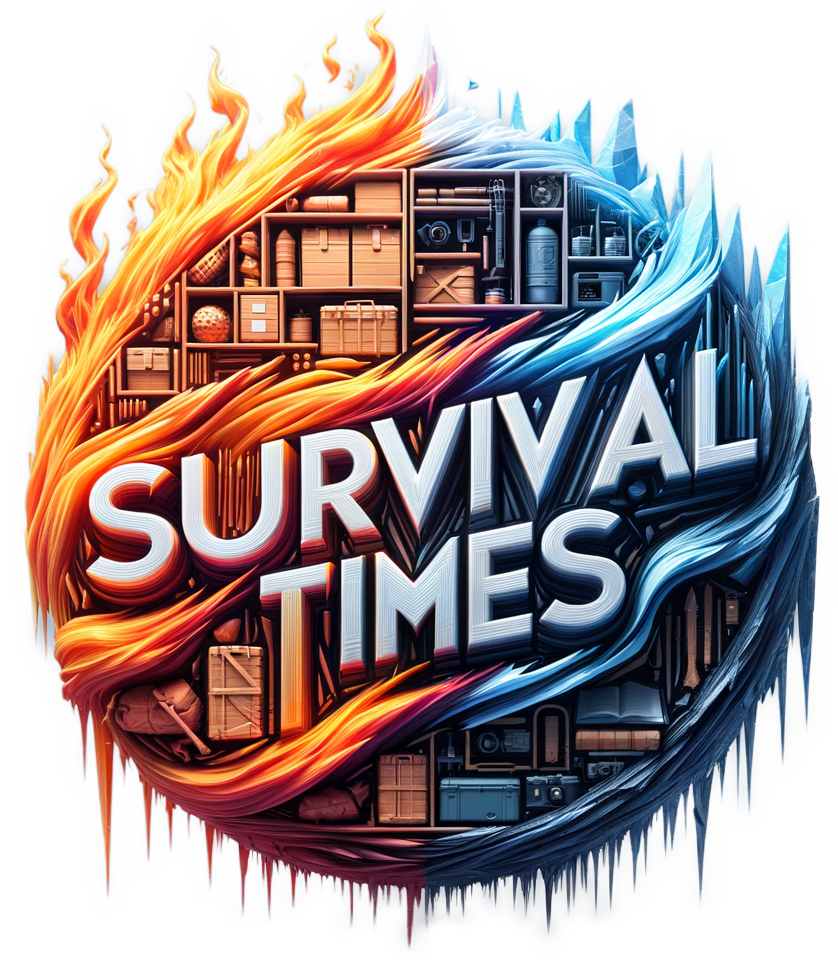Have you ever wondered about the financial impact of preparing for emergencies through building an emergency food supply? In today’s unpredictable world, having a contingency plan with a well-stocked emergency food supply can provide peace of mind for you and your family. But, understanding the costs associated with this preparation is crucial to make it practical and sustainable.
Understanding the Basics of an Emergency Food Supply
Building an emergency food supply involves more than just grabbing a few cans from the grocery store. It’s about creating a stock of food that can sustain you and your household during unforeseen circumstances like natural disasters, economic disruptions, or other crises. Consider factors such as shelf life, nutritional value, and ease of preparation when building your supply.
Why is an Emergency Food Supply Important?
The purpose of an emergency food supply is to ensure that you have the necessary sustenance in times where leaving your home is not an option. Think of events such as hurricanes, snowstorms, or pandemics, where access to supermarkets and regular supply chains might be compromised.
What to Include in Your Emergency Food Supply
Creating a well-rounded emergency supply means choosing food items that do not perish quickly and require minimal preparation. Essentials typically include canned goods, dried foods, freeze-dried meals, and bottled water. It’s also wise to consider dietary restrictions and personal preferences to ensure that everyone in your household can be comfortably sustained during a crisis.

Breaking Down the Costs
When planning your emergency food supply, understanding the associated costs can help you budget effectively. Let’s break down some of the components:
Initial Costs of Food Supplies
This is the most obvious expense when building an emergency food supply. The cost varies based on the types of food items you choose. Basic canned goods and dried foods are generally affordable. However, if you choose to invest in specialized freeze-dried or vacuum-sealed products, costs can significantly increase.
| Food Type | Average Cost ($) | Shelf Life |
|---|---|---|
| Canned Goods | $1-$3 per can | 2-5 years |
| Dried Foods | $3-$10 per pack | 1-2 years |
| Freeze-Dried | $5-$15 per meal | 10-25 years |
| Bottled Water | $1-$2 per gallon | 2 years |
Storage Solutions and Costs
Proper storage of your emergency food supply is crucial to maintain its longevity and effectiveness. You may need to invest in storage containers, shelves, or cabinets, depending on the size of your space and stockpile.
| Storage Solution | Average Cost ($) |
|---|---|
| Durable Shelving | $50-$150 |
| Airtight Containers | $10-$50 |
| Storage Cabinets | $100-$300 |
Rotation and Replacement
It’s important to keep track of expiration dates and rotate stock as necessary. This might involve some ongoing costs, as you replace and restock items that have been used or expired. This step ensures that your food supply remains viable and ready for use.
Additional Costs and Considerations
Besides food and storage, there might be additional costs such as water purification solutions, manual can openers, and disposable utensils. Each of these components plays a role in building a comprehensive emergency plan.

Strategic Planning to Manage Costs
Being strategic about your preparation can help manage and potentially reduce costs over time. Here are some tips on balancing preparedness and expenses.
Assess Your Needs
Consider how many people will be relying on the emergency food supply and for how long. It’s generally recommended to have a minimum of a three-day supply per person, although many advocate for expanding this to a two-week or even one-month supply, especially if you live in areas prone to natural disasters.
Start Small and Build Gradually
If the initial costs seem daunting, remember that you can start small and gradually build your supply. Begin with a basic three-day emergency kit and expand it over time. This approach allows you to spread out costs and make purchases more manageable.
Take Advantage of Sales and Bulk Buying
Purchasing items on sale or in bulk can drastically reduce costs. Stores often have seasonal sales or bulk discounts, perfect opportunities to stock up on essential items without breaking the bank.
Consider DIY and Homemade Options
DIY solutions can be a cost-effective way to enhance your emergency food supply. For instance, dehydrating fruits or meats at home can save on the high costs of commercially freeze-dried products. Similarly, creating your own mixes for soup or baking can provide variety without the added expense.

Balancing Quality and Cost
When it comes to emergency supplies, there’s often a temptation to cut corners to minimize costs. However, the quality of your food supply is crucial, as its purpose is to sustain and nourish you during difficult times.
Prioritize Nutrient-Dense Foods
Ensure your food supply includes nutrient-dense items that provide essential vitamins and minerals. Aim for a balance of carbohydrates, proteins, and fats to maintain energy and health.
Invest in Long-Lasting Foods
While initial investments in long-lasting food options like freeze-dried goods may be high, they can ultimately reduce costs by offering decades-long shelf lives. This means fewer replacements over time, saving money in the long run.
Consider Specialized Dietary Needs
While it’s natural to focus on costs, always consider any dietary restrictions in your household. Failure to account for allergies or specific dietary preferences can lead to wasted supplies and potential health risks during emergencies.

Maintaining Your Emergency Food Supply
Once you’ve established your emergency food supply, it’s important to maintain it properly to ensure its effectiveness and longevity.
Regularly Check and Replace
Schedule regular checks of your stock, noting expiration dates and conditions. Replace any items as needed, especially those approaching their end of shelf life. This practice ensures your supply remains fresh and ready to use.
Rotate Supplies
Integrate a rotation system where you use food from your emergency supply in your regular meals and replace them regularly. This method can prevent wastage due to expired items and helps keep your inventory fresh.
Storage Environment
Maintain a cool, dry environment for your food storage to prevent spoilage and maintain shelf life. Extreme temperatures and humidity can significantly shorten the lifespan of stored food items.

Conclusion: Smart Preparation Equals Peace of Mind
In conclusion, building an emergency food supply involves thoughtful consideration of various costs, from initial purchases to ongoing maintenance. By understanding and strategically managing these expenses, you can create a robust emergency preparedness plan. Prioritizing quality and nutrient-dense foods, while remaining mindful of budget constraints, ensures that you and your loved ones are ready for whatever challenges may arise. Ultimately, this preparation provides a sense of security, ensuring that you’re ready to face any situation with confidence.

